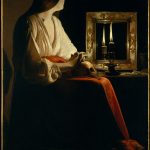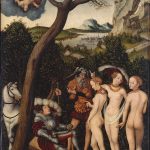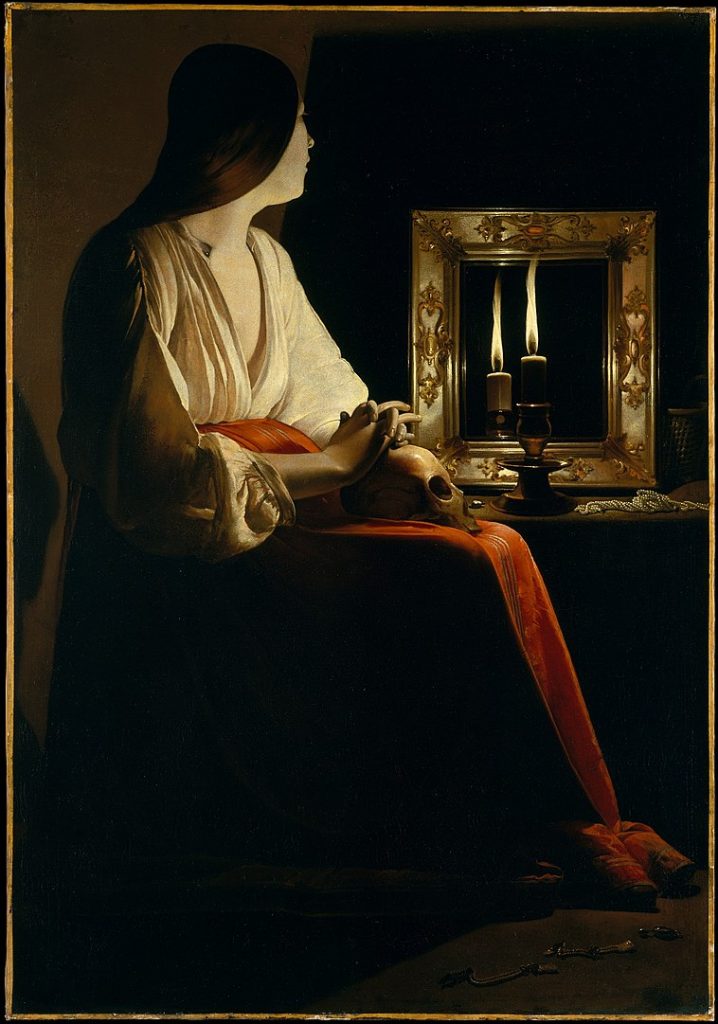
Georges de La Tour, born on March 19, 1593, in the Duchy of Lorraine, now in France, was a painter whose work is celebrated for its unique use of light and shadow, capturing the quietude and spiritual depth of his subjects. De La Tour’s life and career were largely spent in relative obscurity, with much of his work being rediscovered and appreciated only in the 20th century. His paintings, primarily religious in nature, exhibit a profound understanding of human emotion, rendered with a simplicity and directness that speak to the viewer across the centuries.
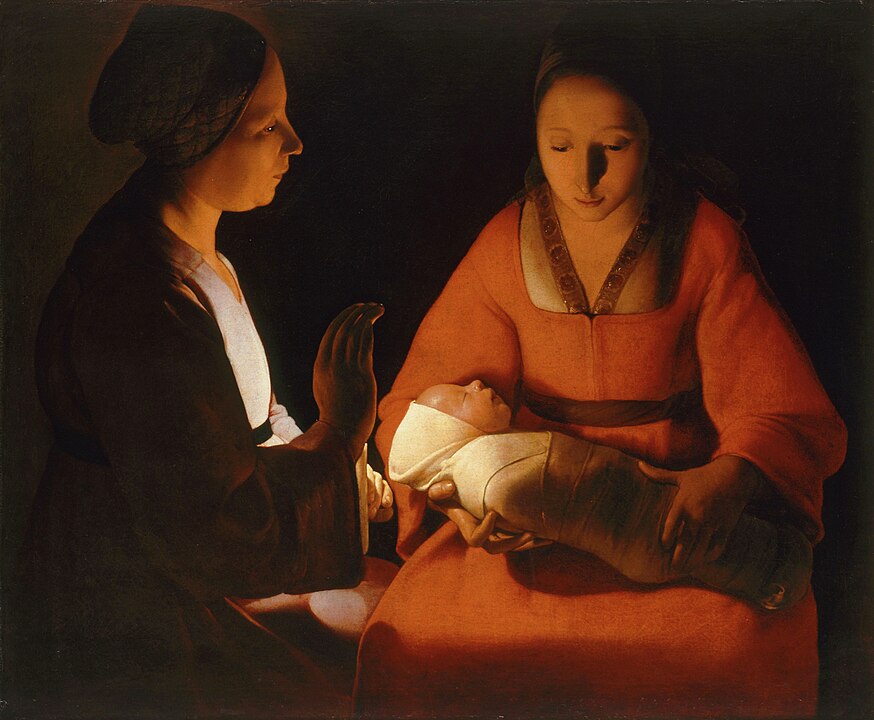
De La Tour’s early life is shrouded in mystery, with few records detailing his upbringing or initial artistic training. It is believed that he traveled to Italy early in his career, where he was exposed to the works of Caravaggio. This exposure would have a lasting impact on his artistic style, particularly Caravaggio’s use of chiaroscuro, the dramatic interplay of light and dark, which De La Tour adapted and made his own. Unlike Caravaggio’s often turbulent scenes, De La Tour’s use of this technique imbued his works with a sense of peace and contemplation.
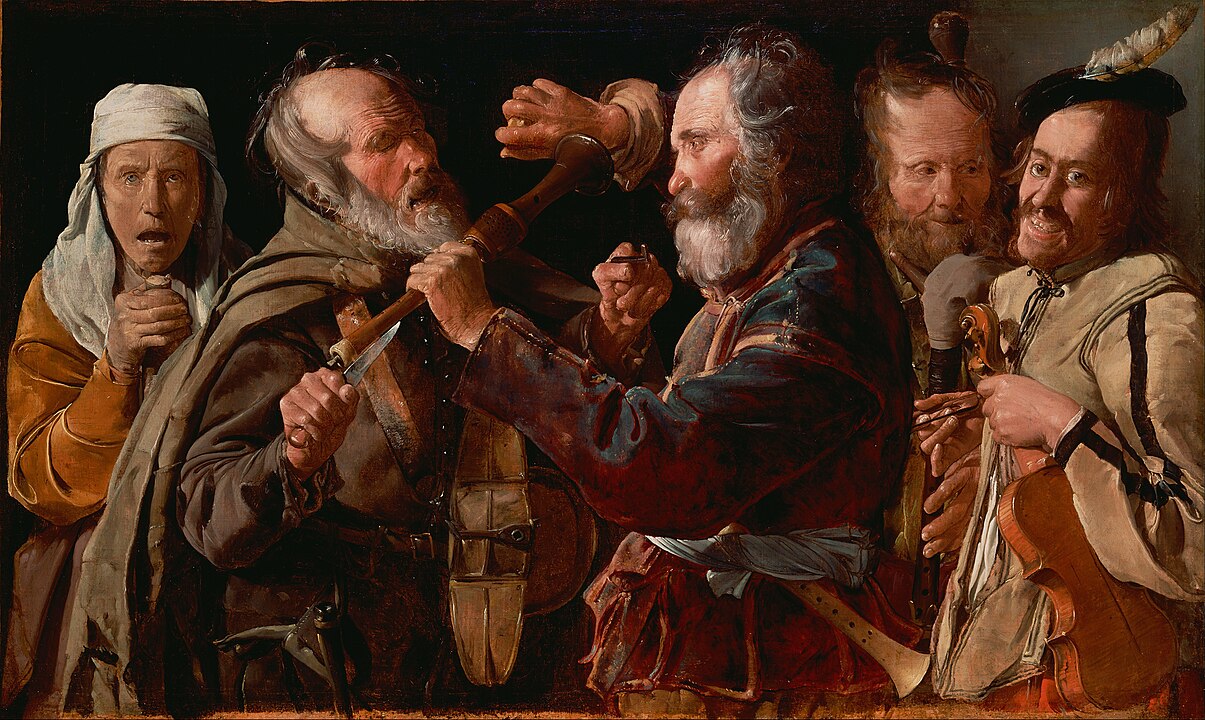
Settling in Lunéville, De La Tour became a painter to the court of Lorraine, receiving commissions from local religious institutions and the Duchy’s court. His works from this period include a series of nocturnal scenes, such as “The Penitent Magdalene” and “Saint Joseph the Carpenter,” which are remarkable for their use of candlelight to illuminate the subjects, creating an intimate atmosphere that invites reflection.
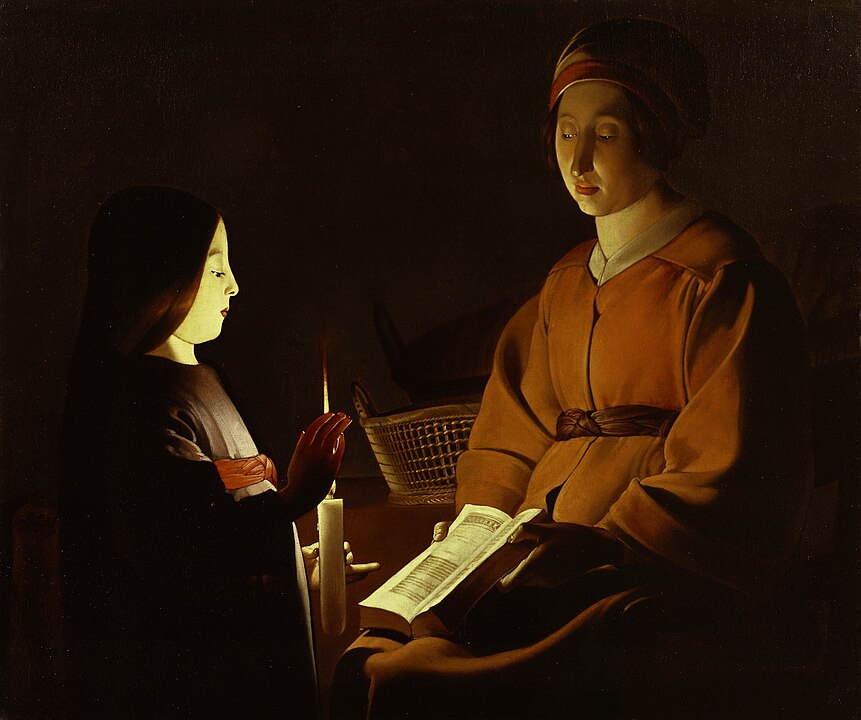
De La Tour’s compositions are notable for their simplicity and restraint. His figures are often depicted in moments of quiet introspection or gentle interaction, imbued with a sense of dignity and grace. This understated elegance, combined with his mastery of light, sets De La Tour apart from his contemporaries, giving his paintings a timeless quality that resonates with modern audiences.
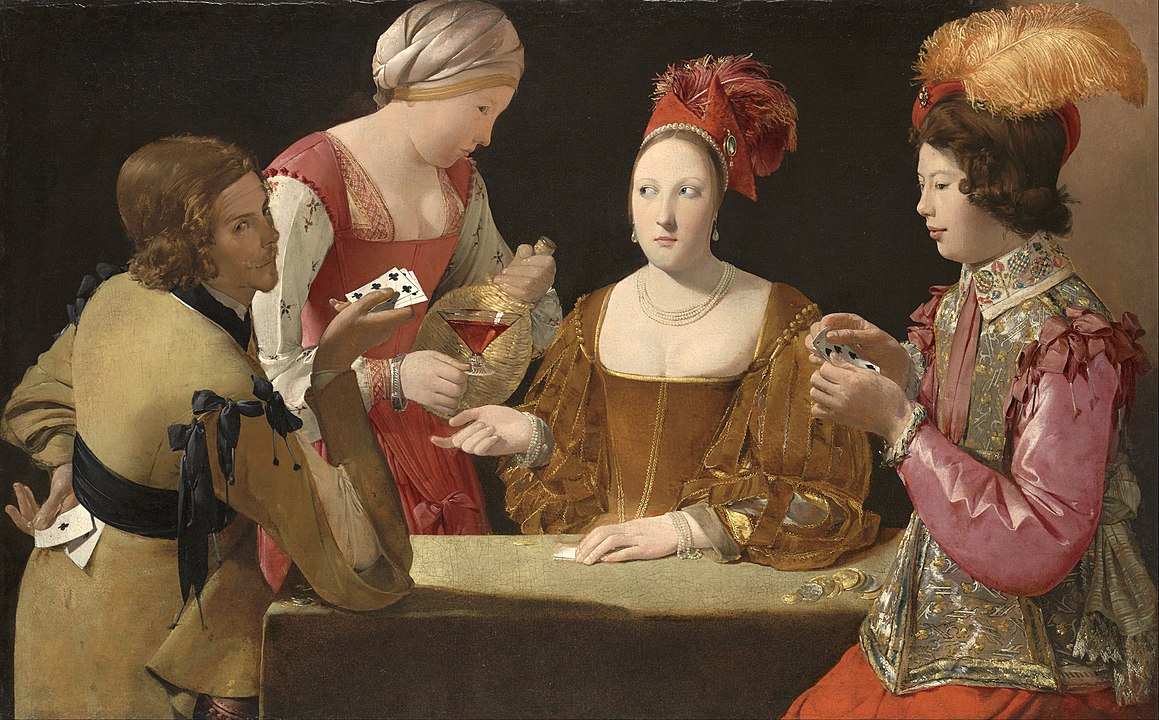
Despite his success and recognition by the court, De La Tour’s work fell into obscurity after his death in 1652. It wasn’t until the early 20th century that art historians began to piece together his oeuvre, attributing works previously assigned to other artists to De La Tour. This rediscovery sparked a renewed interest in his art, highlighting his significance in the Baroque period and his influence on subsequent generations of artists.
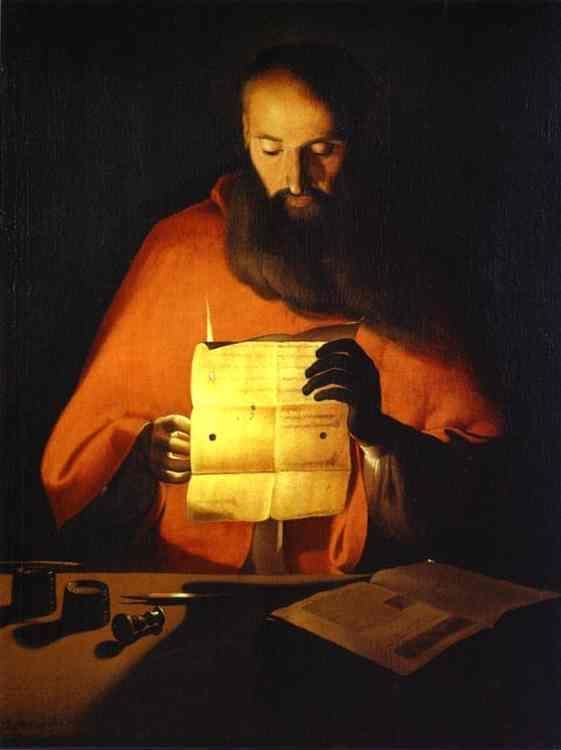
De La Tour’s legacy is that of a master of light, whose paintings capture the essence of human experience with a rare sensitivity and depth. His ability to convey the spiritual and emotional life of his subjects with such clarity and simplicity has established him as a pivotal figure in the history of art. Today, Georges de La Tour is celebrated for his contributions to the Baroque movement and his unique approach to painting, which continues to inspire and move viewers with its profound beauty and humanity.

